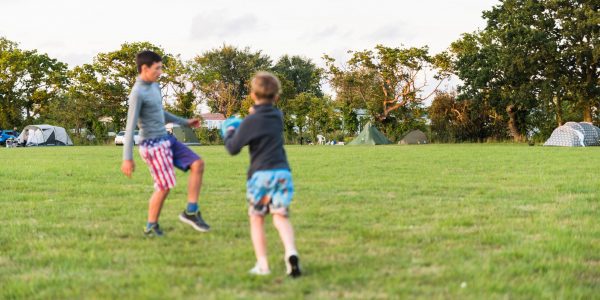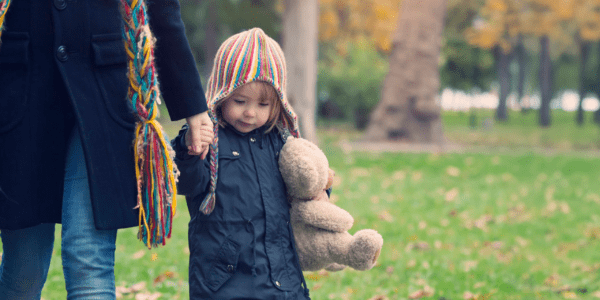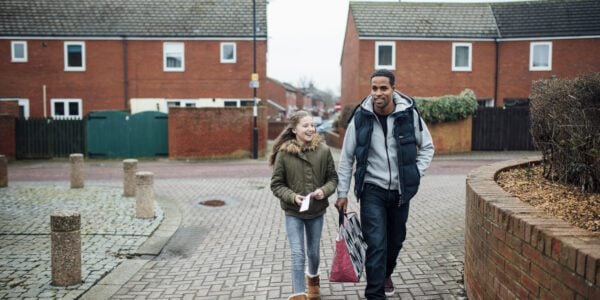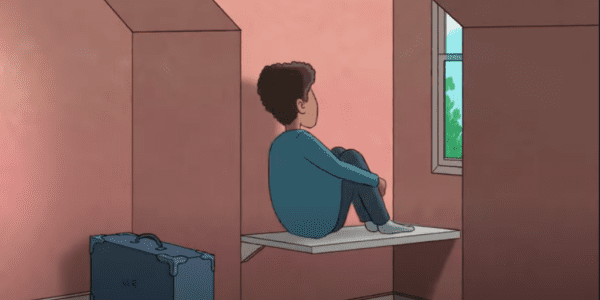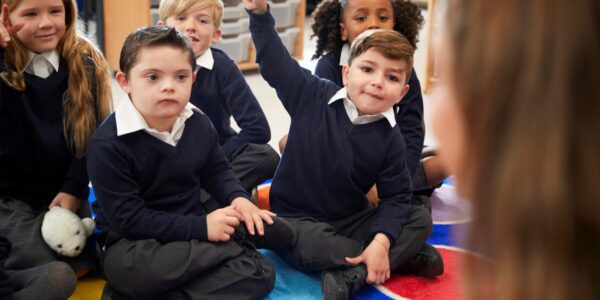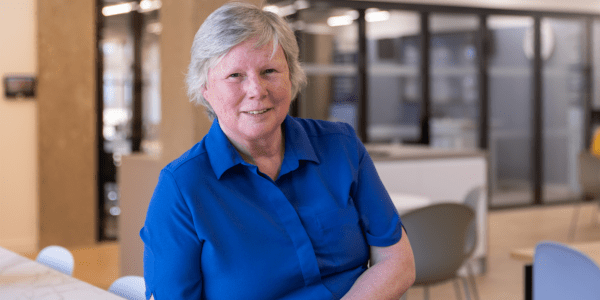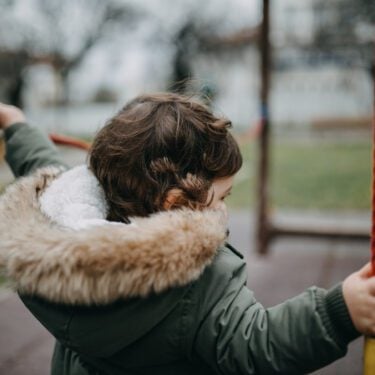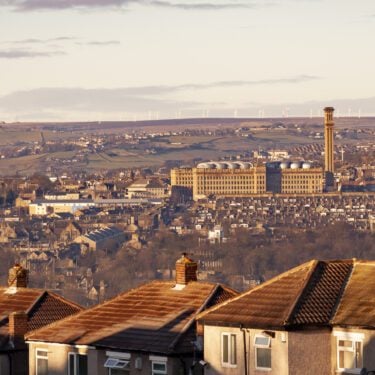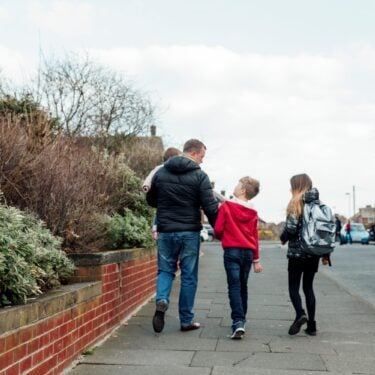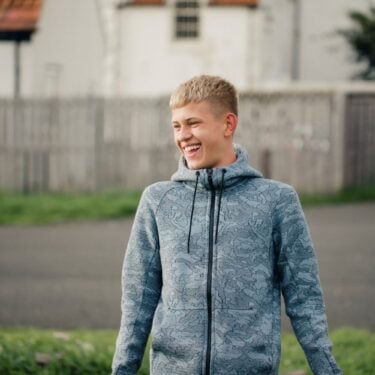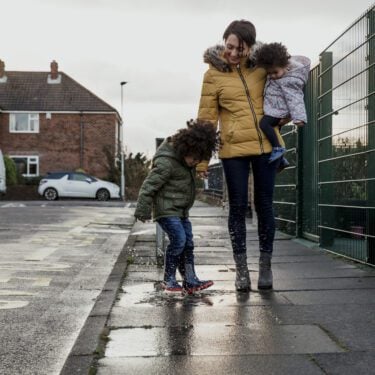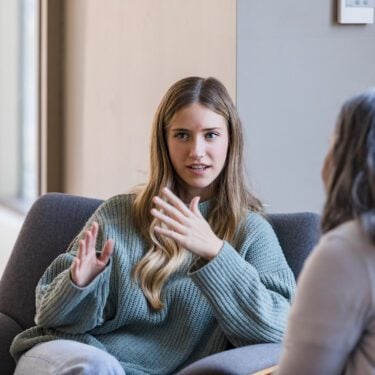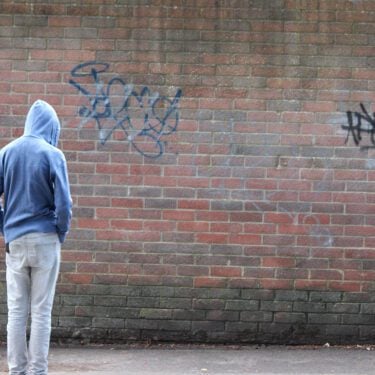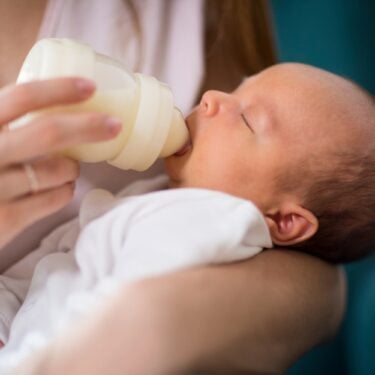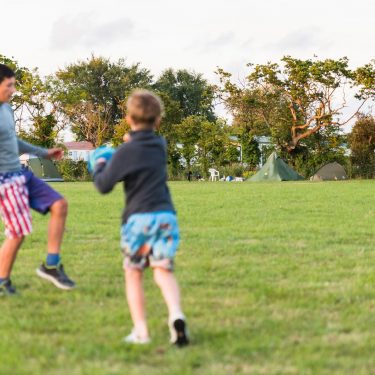The significance attached to sibling relationships in care and adoption proceedings can be routinely outweighed by other factors, according to a new report funded by the Nuffield Foundation.
This puts siblings at risk of losing touch, despite strong professional recognition of the importance of sibling relationships – that they are ‘the most enduring’ or ‘longest-lasting’ relationships in most people’s lives.
Concern about children being separated from their brothers and sisters, and having little or no contact with them when they are separated, is not new. However, there is currently no available government data about the extent of sibling separation. Disquiet about the breaking of sibling bonds has been expressed by parliamentarians, the UN Committee on the Rights of the Child, members of the judiciary and young people themselves.
Practitioners in the Family Court reported that while contact between siblings is accepted in theory, in practice it is not straightforward. Some reasons for sibling relationships being ‘severed’ or ‘drifting apart’ are:
- While professionals favour quite ‘inclusive’ definitions of siblings, in practice strong recognition is given only to relationships between full and half siblings. Relationships between step siblings, and especially foster siblings, are rarely given weight in legal decision making, despite these sometimes being very important to children.
- Professionals and young people expressed a strong ethical commitment to treating full and half siblings equally, but in practice, this is far from the case.
- ‘Age-driven’ decisions often take precedence over more nuanced assessments of the relationships between siblings and particular needs and wishes.
- Despite attempts to move towards what is referred to as ‘open’ adoption, there is still a strong assumption that once a child is adopted, direct contact with their birth relatives, including siblings, will be almost impossible to sustain. This is symbolically reinforced by statute that deems them to be no longer ‘a blood relative’.
- In non-adoptive placements, contact between separated siblings is far more likely to take place but in practice can be difficult to arrange and maintain.
- Older siblings tend to lose out when decisions are made. There is a lack of consistency in responses to those that are considered to have taken on an ‘inappropriate’ caring role for their younger siblings. Children caring for siblings are treated differently from children caring for parents.
- There is a profound reluctance to use existing legal measures to order contact between separated siblings and in practice contact is usually left to adopters and local authorities to determine. The reasons for this include child-centred and pragmatic concerns about court involvement but there are deeply ingrained assumptions that a stronger message from the courts about contact will deter potential adopters and undermine the security of adoptions.
- There are concerns that young people do not know what law can do to help them in circumstances where contact is deemed important but does not happen.
- There are widespread assumptions that the stability of adoption placements will be undermined by contact with siblings still living with or in contact with their birth relatives; that expectations of direct contact will deter potential adopters; and that post-adoption contact should only take place with the agreement of adoptive parents.
The year-long research project, conducted by researchers at the School of Law at Birkbeck, University of London, is the first legal study to focus on sibling relationships in England and Wales. It explores what types of siblings are recognised in law (full, half, step, foster) and, through interviews with judges, lawyers, social workers and other professionals across the country, what emphasis is placed on the relationship in care and adoption decision making. The full report is available here.
Birkbeck’s Professor Daniel Monk, who led the research, said: “All the professionals we spoke to thought bonds between brothers and sisters were very important, but also recognised challenges in being able to effectively protect or sustain these relationships for children who enter the care system. The Judges we spoke to described decisions which impact on siblings as ‘the hardest’, ‘the most difficult’, and ‘heartbreaking’. There are no easy answers and there will always be a limit to what law can do, but it is important that law and practice understand WHY siblings sometimes slip from view and are able to address this wherever possible.”
A 16 year old surveyed as part of the research said: “When you think about it, the courts always try to keep the routine or not disturb the child’s life and all that, try to keep it as normal as possible, but they’re separating the siblings from each other. How’s that keeping it normal as possible, when in reality, in the most perfect home, you get to see your siblings?”
Related
-
Full report: Siblings, contact and the law – An overlooked relationship?888KB | pdf
-
Summary report: Siblings, contact and the law – An overlooked relationship?244KB | pdf
-
BBK – Birkbeck Magazine: The Changing Face of London12MB | pdf
-
Update: Siblings, contact and the law – An overlooked relationship?81KB | pdf

